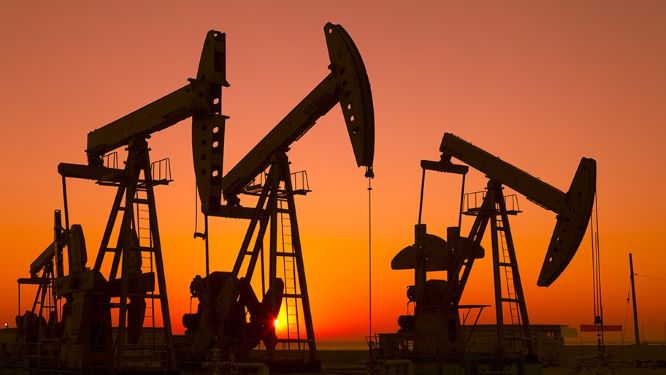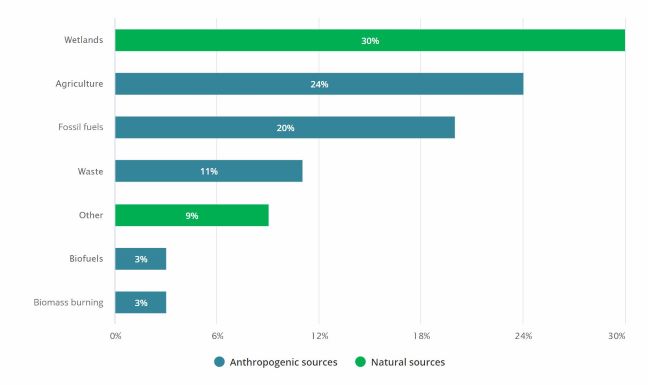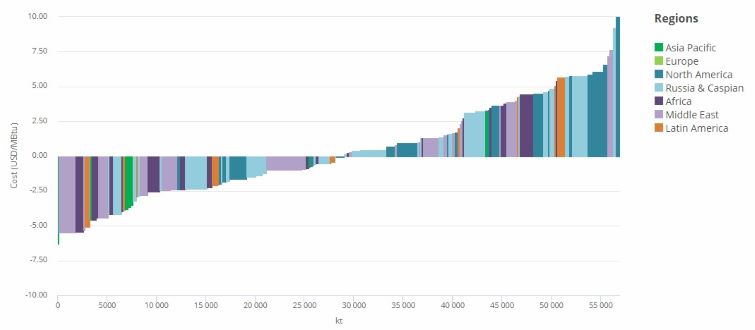IEA Launches Tool to Track Methane Emissions From Oil & Gas Sector

The International Energy Agency (IEA) has launched a new online tool that will help track oil and gas-related sources of methane, which is a major greenhouse gas.
The Methane Tracker provides the IEA most up-to-date estimates of current oil and gas methane emissions and covers eight industry areas across more than 70 countries. It also sets out the reductions that are possible using existing technology and sheds light on this under-explored component of energy transitions.
Methane and climate change
The IEA says the concentration of methane in the atmosphere is currently around two and a half times greater than pre-industrial sectors and is increasing steadily – this has important implications for climate change as methane is a potent greenhouse gas.
The most recent comprehensive estimate suggests that annual global methane emissions are around 570 million tonnes (Mt). This includes emissions from natural sources (around 40% of emissions) and those originating from human activity (the remaining 60% – known as anthropogenic emissions).
The largest source of anthropogenic methane emissions is agriculture, responsible for around a quarter of the total, closely followed by the energy sector, which includes emissions from coal, oil, natural gas and biofuels.

Methane has a much shorter atmospheric lifetime than CO2 (around 12 years compared with centuries for CO2) but it is a much more potent greenhouse gas, absorbing much more energy while it exists in the atmosphere, which is why its global warming potential (GWP) is much higher than CO2. IPCC study indicates, one tonne of methane can be considered to be equivalent to 28 to 36 tonnes of CO2 if looking at its impact over 100 years.
Methane from Oil & Gas sector
IEA’s analysis suggests global methane emissions from the oil and gas sectors could be reduced by nearly half at no net cost. Unlike CO2, methane – the main component of natural gas – has commercial value: the additional methane captured can often be monetized directly, and this is typically easier in the oil and gas sectors than elsewhere in the energy sector. This means that emissions reductions could result in economic savings or be carried out at low cost.

Dr Fatih Birol, the IEA’s executive director said: “The oil and gas sectors have an open goal in front of them. They can avoid close to 50% of their methane emissions without hurting the bottom line. Doing so would have the same long-term climate benefits as immediately eliminating emissions from more than half the cars on the road worldwide.”




